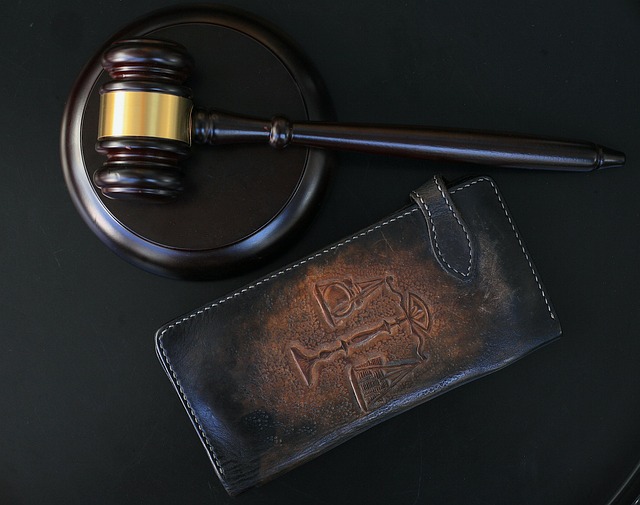Understanding, reviewing, and meticulously documenting your injury settlement process is paramount. Key documents outline agreed terms, including financial compensation, medical coverage, and conditions. Gathering chronological evidence, both digital and physical, strengthens claims for fair resolution. After settling, proactive record-keeping ensures timely payments and compliance with settlement terms, especially in complex cases.
Documenting your injury settlement properly is a crucial step in ensuring fair compensation. This comprehensive guide walks you through understanding essential injury settlement documents, gathering and organizing compelling evidence for your claim, and maintaining meticulous records to track payment progress. By adhering to these practices, you’ll enhance the likelihood of a successful outcome and safeguard your rights throughout the process.
- Understanding Your Injury Settlement Documents
- Gathering and Organizing Evidence for Your Claim
- Maintaining Accurate Records and Following Up on Payments
Understanding Your Injury Settlement Documents

When you’ve reached a settlement for an injury, understanding the paperwork is crucial. Your injury settlement documents are detailed records that outline the terms agreed upon between you and the responsible party or insurance company. These papers serve as legal evidence of your case’s resolution and are essential for future reference. They include key information such as the amount awarded, payment structures, medical expenses covered, and any restrictions or conditions attached to the settlement.
Knowing what’s in these documents is vital, especially when dealing with complex cases like medical malpractice or wrongful death claims. For instance, if you’ve been involved in a slip and fall accident, your settlement might cover not only immediate medical costs but also potential future treatments and compensations for pain and suffering. Make sure to carefully review every section, seeking clarification on any terms you don’t fully comprehend. It’s wise to consult with a legal professional who can ensure your rights are protected and that you understand the implications of each document in your injury settlement process.
Gathering and Organizing Evidence for Your Claim

When documenting your injury settlement, one of the critical initial steps is to gather and organize evidence supporting your claim. This process involves collecting all relevant information and materials that prove the extent and cause of your injuries, which could include medical records, police reports, witness statements, and photographs. For instance, in cases of nursing home abuse or product liability, documenting the incident through detailed accounts from witnesses and survivors is essential for building a robust case.
Organizing this evidence in a structured manner enhances its effectiveness during negotiations with insurance companies or when engaging a personal injury attorney. Create a chronological list of events, categorize documents by type (medical, legal, financial), and maintain digital copies alongside physical ones to ensure easy accessibility. Properly documenting your injury settlement not only strengthens your claim but also serves as a crucial step towards securing the compensation you deserve.
Maintaining Accurate Records and Following Up on Payments

Maintaining accurate records is paramount after securing an injury settlement. Document every interaction related to your case, including communications with your lawyer, insurance companies, and medical providers. Keep copies of all correspondence, such as emails, letters, and text messages. Additionally, meticulously save all financial documents associated with your injury, like medical bills, receipts for out-of-pocket expenses, and any settlement agreements or checks. This meticulous record-keeping ensures transparency and simplifies the process of tracking payments.
Regular follow-up on payment status is crucial to ensure timely and complete fulfillment of your injury settlement. Stay proactive by setting reminders to contact your lawyer or insurance adjuster periodically to confirm receipt of payments and address any discrepancies promptly. In cases involving complex scenarios like medical negligence, elder law issues, or partnership disagreements, maintaining detailed records becomes even more critical for effective communication and ensuring all parties uphold their obligations.
Documenting your injury settlement properly is crucial for ensuring a smooth process and securing your financial compensation. By understanding the necessary documents, gathering relevant evidence, and maintaining accurate records, you can navigate the claims journey effectively. Remember to follow up on payments and stay organized throughout, as these steps contribute to a successful outcome in claiming your injury settlement.





